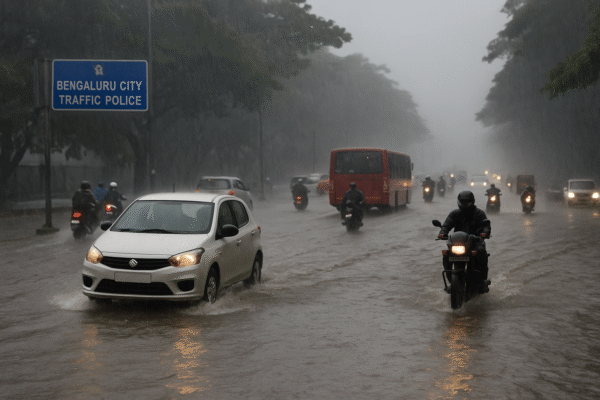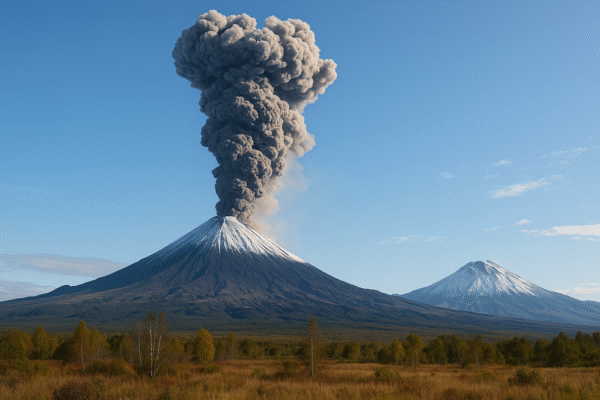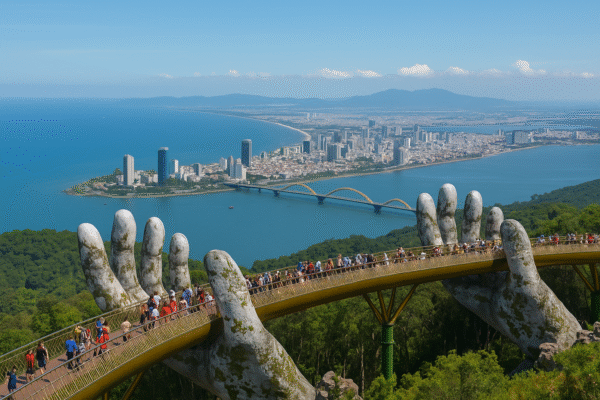In a tragic event that has sent shockwaves through Pakistan’s tourism industry, a massive block of ice collapsed near a popular waterfall in the Naran region of Khyber Pakhtunkhwa, claiming the lives of three tourists, including a 13-year-old boy. The incident, which occurred on June 21, 2025, has raised significant concerns about the safety of tourists visiting natural tourist destinations in remote and mountainous areas.
The tragic event not only highlights the dangers posed by unstable ice formations but also underscores the urgent need for improved safety protocols and greater awareness among travelers exploring high-risk environments. As adventure tourism continues to grow in regions like Khyber Pakhtunkhwa, this incident serves as a painful reminder of the inherent risks posed by natural landscapes, especially in areas prone to ice collapse.
Details of the Ice Collapse Incident
The heartbreaking accident unfolded when a group of tourists, visiting the Naran valley to admire its natural beauty, found themselves at a popular waterfall site. The ice block, which had been precariously positioned above the waterfall, collapsed without warning, burying the victims under its heavy debris. The suddenness of the collapse left little time for the tourists to react, trapping them beneath the ice.
Rescue teams responded quickly to the distress call, mobilizing to the remote location despite the challenging terrain. The region’s mountainous and forested landscape made it difficult for emergency services to access the site, but despite these obstacles, the teams managed to retrieve the bodies after hours of intense work. Sadly, all three victims, including the young boy, were confirmed dead at the scene due to suffocation from the heavy ice.
The Risks of Unstable Ice in High-Risk Tourist Areas
The tragic incident in Naran has brought attention to the dangerous nature of ice formations in mountainous tourist destinations. Experts warn that ice and snow conditions can be unpredictable and treacherous, particularly near bodies of water such as waterfalls, where the constant flow of water can weaken ice sheets, making them more likely to collapse.
While the picturesque landscapes of Naran, Kaghan Valley, and other regions in Khyber Pakhtunkhwa are major tourist attractions, they are not without their hazards. Ice formations that appear stable from a distance can suddenly shift due to temperature changes, winds, or other environmental factors. These risks are exacerbated in regions where tourists frequently explore natural sites without adequate safety awareness or precautions.
This tragedy is a stark reminder of the risks faced by tourists when venturing into high-altitude, natural environments without proper safety measures in place. For Pakistan, this incident serves as a critical warning to re-evaluate how tourism in remote regions is managed, especially in terms of visitor safety.
Calls for Stronger Safety Measures
In the aftermath of the collapse, local authorities in Khyber Pakhtunkhwa have called for more stringent safety measures in high-risk tourist areas. These measures would focus on increased monitoring of unstable ice formations, better signage around dangerous areas, and enhanced public education campaigns aimed at raising awareness about potential hazards.
Additionally, experts suggest that ice collapse monitoring systems, including early warning systems and barriers, could be installed in vulnerable areas to mitigate risks. Such systems would help tourists stay at a safe distance from areas prone to collapse and offer timely alerts if conditions become dangerous.
Authorities also recommend restricting access to particularly hazardous areas during specific seasons, such as the colder months when ice formations are more prone to shifting. Temporary closures of certain high-risk attractions may be necessary to ensure the safety of both tourists and locals.
A Growing Concern in Adventure Tourism
The tragic ice collapse in Naran has highlighted a growing concern within the global tourism industry—the safety of visitors in regions with unstable natural conditions. As adventure tourism continues to surge in popularity, especially in countries like Pakistan, authorities must prioritize tourist safety in areas with unpredictable natural environments, such as mountain ranges, glaciers, and waterfalls.
In countries with rugged landscapes like Pakistan, tourism boards and local governments need to collaborate with safety experts to implement comprehensive guidelines that ensure safe tourism practices. While tourists seek thrilling adventures, it is equally important that destinations provide adequate infrastructure and safety protocols to protect them from unforeseen risks.
Impact on Tourism in Naran and Khyber Pakhtunkhwa
Naran, a key tourist hub in Khyber Pakhtunkhwa, is famous for its stunning scenic views, including the Kaghan Valley and surrounding mountain ranges. Despite this, incidents like the recent ice collapse may affect tourist confidence in visiting such natural destinations. Travel advisories and media reports about safety incidents often influence travelers’ choices, which could lead to reduced visits to high-risk areas.
However, local tourism authorities are optimistic that by addressing safety concerns head-on and enhancing the tourism infrastructure, Naran and other areas in Khyber Pakhtunkhwa can regain their position as prime destinations for adventure and nature tourism.
Looking Ahead: Prioritizing Safety in Adventure Tourism
The ice collapse in Naran serves as a tragic yet important reminder of the need for greater safety measures in tourism-heavy regions. As Pakistan works to strengthen its tourism sector, the introduction of safer practices, better public awareness, and regulatory oversight will help ensure that visitors can continue to enjoy the country’s natural wonders without putting themselves at undue risk.
In the wake of this disaster, it is crucial that government agencies, tourism boards, and local communities collaborate to create a safe environment for travelers. Tourism safety must become an integral part of the broader tourism development strategy, ensuring that the growing number of visitors is protected and educated about the potential hazards they may encounter.
For more travel news like this, keep reading Global Travel Wire














